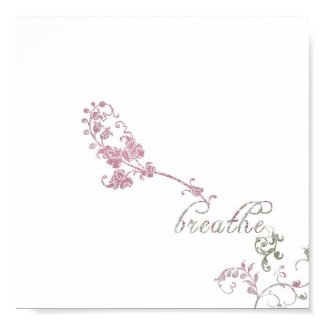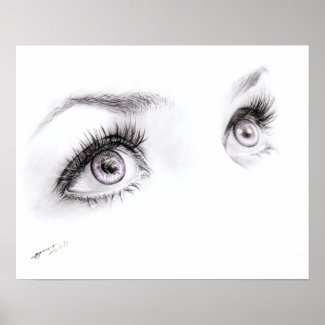 Palming is a technique that involves resting your eyes, to relax them and to relieve them from straining. This is an important part of treating the eyes to maintain optimal vision and it’s a common eye exercise that’s suggested for people working on improvign their eyesight by the Bates Method or other Vision therapy techniques.
Palming is a technique that involves resting your eyes, to relax them and to relieve them from straining. This is an important part of treating the eyes to maintain optimal vision and it’s a common eye exercise that’s suggested for people working on improvign their eyesight by the Bates Method or other Vision therapy techniques.
During the day, we put our eyes under strain by focusing on near things (e.g. during reading, writing, computer work, tv-watching, using phones, using ipads etc etc.) and palming is one way to give your eyes a little break from all the visual stimulation around, to give them a moment to recharge, refresh and therefore keeps them functioning optimally.
- – -
How to do Eye Palming:
You can do palming either sitting down or lying down.

- Close your eyes
- Cup your eyes with your hands in a way that your palm’s heel rests on your cheekbones and the tips of your fingers cross lightly on your forehead. Be sure to keep the palms light on your eyes – you don’t want to put any pressure on the eyeballs at all. The aim is a gently relaxed posture where your eyes feel relaxed, your body feels relaxed and where no light enters the eyes.
Palming Posture tips: If you’re sitting, the most effective sitting posture for palming involves keeping your head upright (not leaning forward or back). Your hands are there to cover your eyes, not to support the weight of your head. As you palm, keep your neck and shoulders relaxed. If you’re palming for long durations (say over 5 minutes), you may want to lean your elbows on something soft like a couple of pillows or blankets whilst your palm to help you maintain the position in a relaxed, comfortable way.
- – -
How long should I palm my eyes for?
 There are no rules for how long a palming session should be. It depends on what feels good to you.
There are no rules for how long a palming session should be. It depends on what feels good to you.
1-2 minutes is quick and still beneficial for a quickie eye-relaxation period. Some rest is better than no rest at all.
5 minutes is the recommended amount to do per day to help myopia in Beresford et al’s book for Improving your Vision.
15-30 minutes is done by some people who really love doing palming and enjoy it as a type of meditative exercise.
- – -
How often should I palm my eyes?
 You can palm your eyes anything from 1 time per day to 20 times a day.
You can palm your eyes anything from 1 time per day to 20 times a day.
The guide is how often you feel your eyes are tired, blurry, stinging, red and strained. A headache can also be a clue that palming may help. Whenever you feel any of these kinds of inklings of eye strain, that would be a good time to do some palming.
Alternatively, you can do palming even when your eyes feel good, just to give them a routine break to prevent eye strain from developing.
Tip! An example of a time of day I’ve found is easy to fit palming into is… and excuse me in advance for it sounding a bit funny… when you’re sitting on the toilet! Instead of just staring into space, you can use the opportunity to palm for a minute or two!
- – -
Things you can do alongside palming
You can make the most of your palming times by using the time as an opportunity to:
- Affirm: Focus on light, relaxed, encouraging, positive affirmations that help you feel good
- Meditate: focus on your breathing and take the opportunity to just clear your mind of stressful thoughts.
- Reiki: If you have Reiki, palming can serve a double purpose of infusing your eyes with healing Reiki energy as well as just relaxing them.
- – -
Related Products
From Amazon.com
From Amazon.co.uk
- – -
Disclaimer: Everything in this article is material the author has learned from books and online articles and is not a substitute for help from a qualified eyecare professional. Any exercises or recommendations described are applied at the risk and sole responsibility of the reader. The author takes no responsibility for any consequences arising from a reader practising anything recommended on this website.
